Canadian “Porn King” Randy Jorgensen’s mega-tourism “development” projects are stirring conflict and destroying Afro-Caribbean Garífuna communities in Trujillo on the north coast of Honduras.
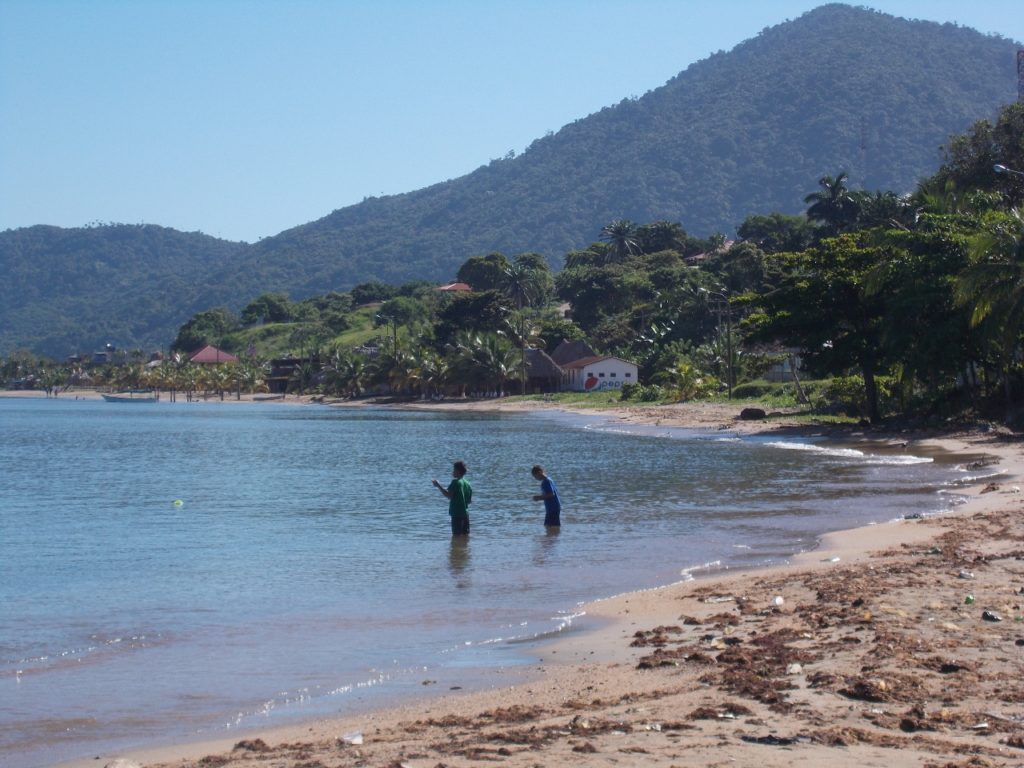

Development Comes to Honduras’ North Coast
Sleepy Trujillo now finds itself at a cross-roads. The “Banana Coast” cruise ship port deal which promises to change everything has already been inked and foreigners, mainly from Canada, are filing in to buy a small part of their dream of a wild tropical paradise. In 2014 and 2015, three different cruise lines with five cruise ships plan to make 15 stops in Trujillo, bringing in around 16,000 passengers.
The Afro-Caribbean Garifuna communities are incensed because of the shady dealing that has obliterated one neighborhood, Rio Negro, and will transform other once-sleepy beachside communities into international mega-tourism destinations. Others are cautiously [and naively] optimistic because the economy is a mess after four years of effective dictatorship, and tourism has slowed to almost nothing, given Honduras’ shady reputation as the murder capital of Centroamerica and home to maquiladores, drug traffickers and palm oil barons destroying land and lives and leaving little actual “economic development” for regular people.
And what gringos would want to live or vacation in these disparate condo complexes, in need of razor-topped walls to protect them from the social chaos of Honduras? Especially after the recent stolen election promises the continued breakdown in the rule of law, coupled with repression against journalists and community activists, and more selling off all of the country’s resources for the benefit of a few Honduran land barons and their multinational patrons.
Furthermore, what about the neo-colonialist danger of “free market” model cities that will continue to threaten the North Coast after the “election” of their totally corrupt champion, Juan Orlando Hernandez.
From this vantage, the future looks clouded.
STORY: Nicaragua: Scientists Advise Scrapping Destructive Gran Canal
httpvh://youtu.be/wWqoB5GTfm8
Canadian Porn King on Trial for Tourism Projects in Honduras
Vacating the Garífuna for “Banana Coast”
Jorgensen, president of the Canadian pornographic video store chain Adults Only Video, through his real estate development company Life Vision Properties (based in Trujillo, Honduras), is converting a beautiful coastal area of Trujillo into a large scale tourism project that includes a series of vacation home developments and a cruise ship dock, displacing and destroying indigenous Garífuna communities.
Since 2008, the local Garífuna community organization, OFRANEH (Black Fraternal Organization of Honduras) has denounced that the “Porn King” and his Life Vision Properties are illegally purchasing land belonging and titled to Garífuna communities.
“All this privatization is illegal, and if it continues – we are going to die as a people,” says Garífuna community leader Alfredo Lopez, standing before the breathtaking Bay of Tela – the disputed territory coveted by the lascivious conglomerate of tourist industry transnationals. “To lose our land, is to lose everything. We are in a struggle for our life and we will do what it takes to defend ourselves.”
httpvh://youtu.be/9muyLAa3rRc
The Real News Network: Honduras’ Banana Coast: ripe for development? Kaelyn Forde looks at the battle between Garífuna communities and developers over mega-tourism projects
The Garífuna People of the Caribbean Central America
The Garífuna are descendants of Arawak Native Americans and escaped African slaves. For years, OFRANEH and the 46 Garífuna communities on the north coast of Honduras have been battling the very same “tourist development” interests that Randy Jorgensen promotes in Trujillo. In these villages, people live as they have for a couple of hundred years, reliant on the sea for fishing, on the beach for coconut and fruit, on the wetlands for rice cultivation and the surrounding hillsides for growing yuca, firewood, and hunting. Their simple wooden homes are built along the beaches, or on stilts above the waves. Men fish from dugout canoes or dive with spears along the reefs.
About 100,000 Garifuna live in small fishing communities hugging the Caribbean coast, speaking their own Igñeri dialect which is a combination of Arahuaco, Swahili, and Bantu. The Garífuna language and their unique dance and music are recognized by the United Nations’ (UNESCO) list of rare cultural traditions in need of safeguarding.
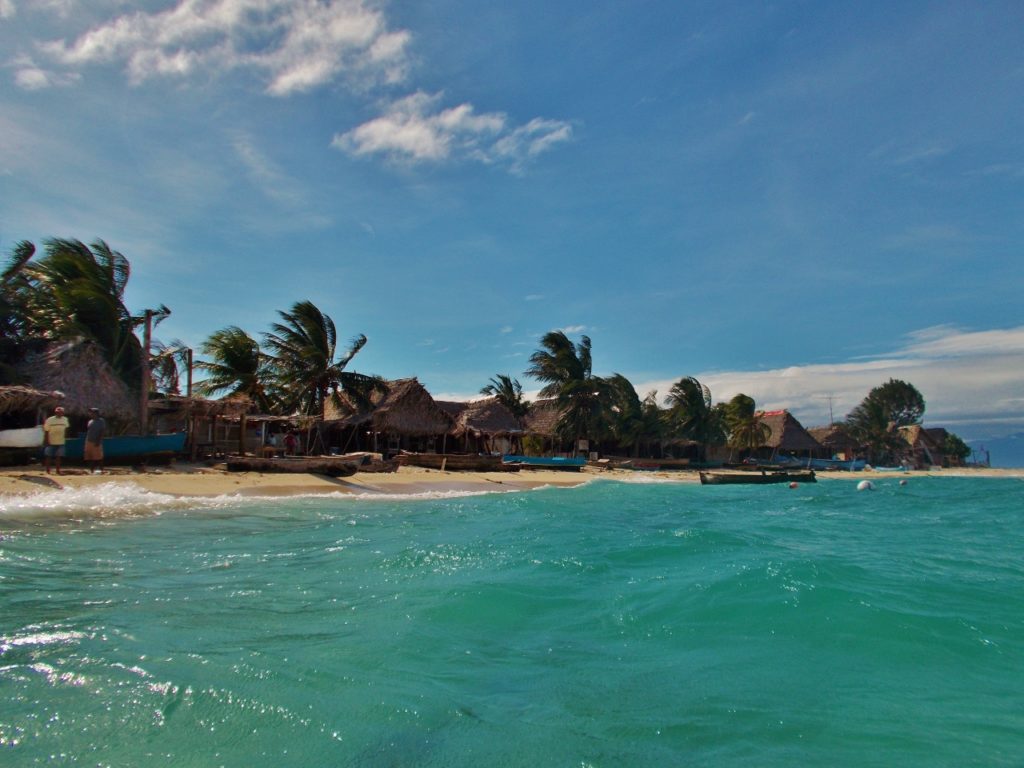

Communally owned land, an essential part of Garífuna culture, rights and community well-being, is constantly under threat by interests ranging from Honduran government officials, organized crime, international “development” institutions (Inter-American Development Bank) and foreign investors. All of these have used various illegal, brutal and/or manipulative means to appropriate ancestral Garífuna lands, interested in exploiting it in the name of economic “development” and tourism, despite national and international law that obligates the full recognition and respect of indigenous collective land rights.
The Garífuna people arrived on Roatán Island, Honduras, on April 12, 1797, after being forcibly expelled by the British from the island of St. Vincent after they (Kalinagu and Garinagu) had engaged in two consecutive wars to defend their last bastion in the Caribbean, in the Lesser Antilles.
Trujillo was founded in 1524 but was uninhabited during the period from 1643 until a few years before the arrival of the Garífuna in Honduras.
In 1901, the contemporary President of Honduras, Manuel Bonilla, conceded to the “morenos,” the communities of Cristales and Rio Negro, located within the perimeter of Trujillo, five thousand hectares of land to the south east of Cristales and two thousand hectares in the vicinity of the Laguna de Guaimoreto.
STORY: Garifuna Culture in Honduras: Dancing in a Changing World
Illegal Purchases and Impunity
In 2007, local intermediaries took part in illegal purchases of property on behalf of the Porn King. By doing so, they initiated the expulsion of the Garífunas from the Bay of Trujillo. This is the same type of treatment that they have endured in most of the territory they have lived on permanently and peacefully for the last two centuries.
The Porn King has also acquired land in the Garífuna communities of Santa Fe, San Antonio and Guadalupe. Formal complaints were made about these fraudulent purchases to the Public Ministry before the coup d’etat in 2009, but government authorities did not intervene to stop these illegal purchases.
httpvh://youtu.be/9RswD5m0jcA
OFRANEH: Model Cities: Territorial Piracy in Caribbean Honduras (in Spanish) — The Law of Special Regions Development (RED) after being declared unconstitutional was supplanted by the Zones Act on Employment and Economic Development (Law ZEDE), creating a “legal framework” intended to plunder the territory of the Garifuna people — and everyone else — in Honduras
The “Porn King” and his “Banana Coast”
In 1904, American writer O’Henry spent some time in Trujillo, where he wrote his book Cabbages and Kings, set in the fictional port of Coralio, the name he gave Trujillo. O’Henry then coined the term “banana republic,” which he used to describe Honduras.
A century later, the Porn King turns up in Trujillo and starts buying up lands from the Garífuna people to construct a large development known as the Banana Coast. The methods he uses to make these acquisitions and the political context in the country are the same as the colonial techniques used by the banana companies and the political situation in Honduras in the early twentieth century.
Greg McCain, Human Rights Observer: “Jorgensen and his other investors have succeeded in tearing the community apart and destroying the natural habitat of the beach by buying up land at extremely low prices through extortion, intimidation, and by bribing local officials for fraudulent land titles in other areas near Trujillo. In addition the project has had extensive delays because of his attempt to exploit the labor of the local construction workers, paying extremely low wages even at Honduran rates. This project remains in conflict and those who seek to invest or link their cruise lines to it are in danger of entering into legal issues that are currently in litigation in Honduras.”
In the middle of the political tragedy in Honduras, after the military coup of 2009, Jorgenson managed to quickly obtain environmental permits to construct villas on the iron-rich hillsides over-looking the Caribbean in a declared protected area of the Capiro y Calentura National Park.
Porn King Connections to the Post-Coup Regime Leader Pepe Lobo
The Porn King received strong support from Ramon Lobo Sosa, brother of the leader Porfirio Lobo, thus guaranteeing that everything went smoothly and obliterating any opposition to the pressure and sacking of their lands on the part of the Garífunas.
On June 21 of 2011, Jorgenson received “special recognition” from Lobo in a cabinet session that was held in Trujillo.
The Canadian developer receives financing from the Canadian Shield Fund (including funds from the controversial mining company, Barrick Gold and the Canadian Oil and Gas Company). The Canadian Shield Fund has provided financing to “Life Vision,” a company whose name provides cover for The King of Porn’s business enterprises.
Sources
http://www.ofraneh.org/ofraneh/index.html
http://upsidedownworld.org/main/content/view/1195/1/
http://this.org/magazine/2010/11/04/canada-snowbirds-honduras/
Updated November 20, 2015

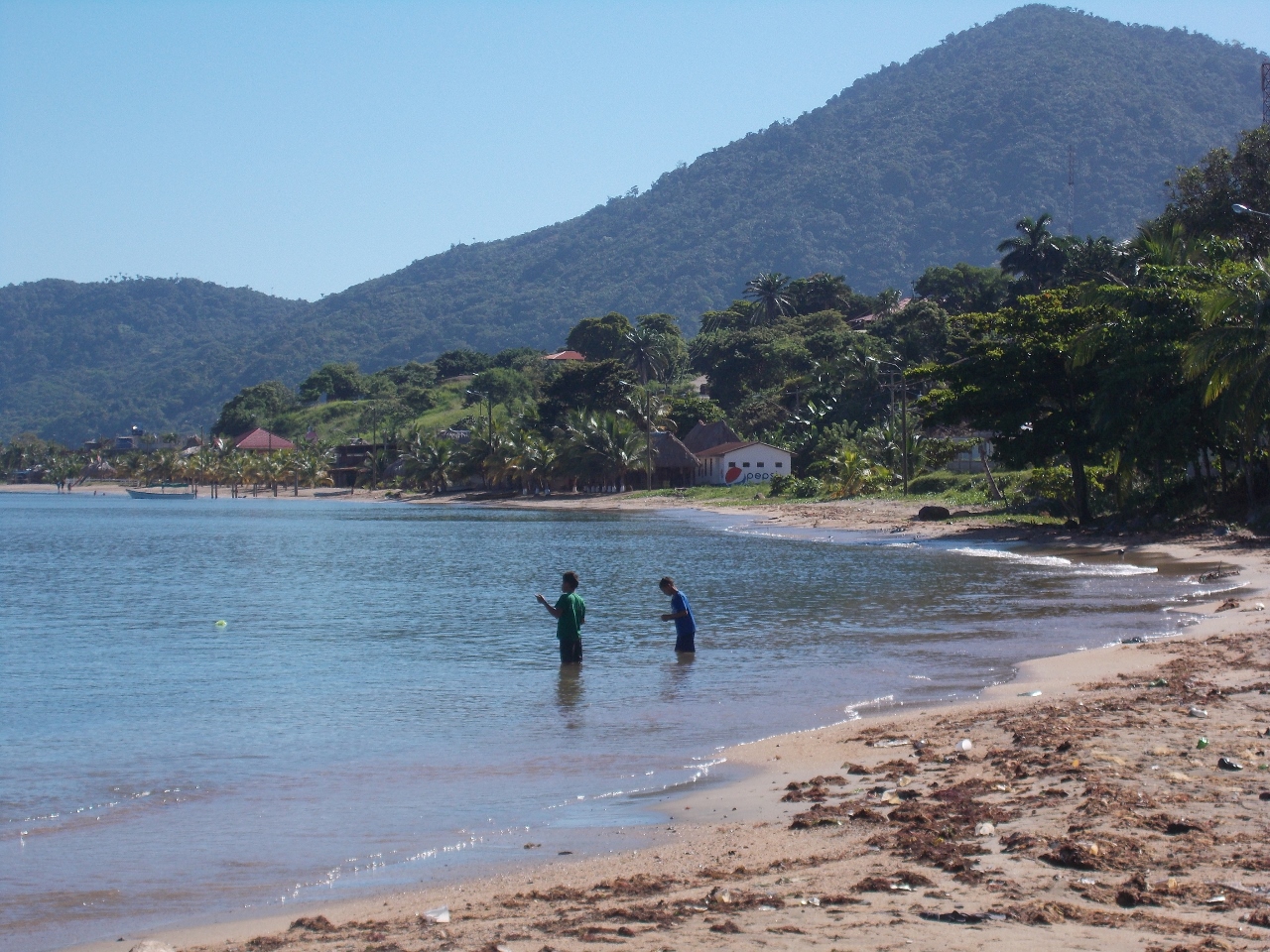


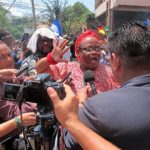
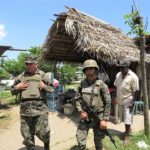
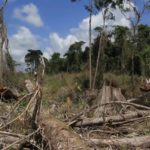
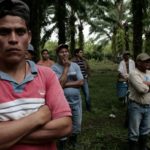






Bob Baker: This article only touches the tip of the iceberg, let’s add clearcutting the jungle, stealing water, drugs, the painting of buildings in Trujillo so that the town becomes a Potemkin village for the tourists. And of course the problem that there is no sanitation in Trujillo, the beaches are polluted by raw sewage and drug needles wash up regularly. Happy swimming, tourists!
Thanks for commenting, Bob. Frankly, I had real trouble publishing this because the situation is so depressing, I can hardly face the entire list of injustices the people and their ecosystem are suffering. The ongoing scam perpetrated on Canadian snowbirds would be laughable if it weren’t so horrifying, with patsies buying land and buildings site unseen in a world of yes, clear-cutting and digging out of wetlands, massive toxifying of the plagues of sandflies, land stolen from indigenous Garifuna and other peasants, violent repression and murder of any dissent, with the neighbors down the road cutting down the jungle and ripping out subsistence farms for the expansion of the African Palm Oil empire. Drug traffickers operate in the area with impunity, moving their products up and down the coast, with planes landing on newly stripped forest. All of this is supported by US tax dollar, with three “forward-operating-military-bases” located near Trujillo and down the coast in the formerly wild La Moskitia.
The colorful “tourist village” is right now an assortment of brightly-painted warehouse buildings hidden behind tall fences, a fake settlement with the intention of fooling investors into thinking this mega-tourism plan is for real. The reality is the plan is a credit-inspired mirage, built on jungle quicksand populated by scorpions and crocodiles.
I could never have approximated how truly awful things are in Honduras right now, despite knowing of the continuing brutality since the 2009 coup. I’ve been trying to be positive, but no, there is absolutely nothing to be positive about except the incredible beauty of the humanity and the landscape that somehow still survives among the continued ruination perpetrated by the multinational corporatocracy and the military industrial complex. The inspiring work of the LIBRE party will continue despite the stolen election and long list of murders of their candidates and supporters.
Ignorant and foolhardy gringos looking to buy land or visit on a cruise ship, know what kind of deadly swamp you will step into!!!
Pingback: Reportback on workshops with community radios in Trujillo, Colon, Honduras | Medios del Pueblo: Desde las Raices
Pingback: Garífuna People: Masked Warriors Dance into the New Year | WilderUtopia.com
Pingback: Garifuna urge Honduras to end displacement – Nobel Women's Initiative
Pingback: Garifuna Culture in Honduras: Dancing in a Changing World | WilderUtopia.com
Pingback: Lost City "Discovered" in Honduran Jungle? | WilderUtopia.com
Pingback: Honduran politicians talk about U.S. Marines arriving | lucianothewriter
Pingback: Canada’s Controversial Engagement in Honduras | Honduras - Country in Pain
Pingback: Garifuna People Face Tourism Repression in Honduras | WilderUtopia.com
Pingback: Hillary Clinton's Record: Not Progressive | WilderUtopia.com
Pingback: Caribbean Garífuna: Masked Warriors Dance into the New Year – CARIBMONDO
Pingback: Honduras: Patuca River Dams Threaten Indigenous Survival
Pingback: ARSN Updates: Articles and Sign On Letters January 2014 - Breaking the Silence